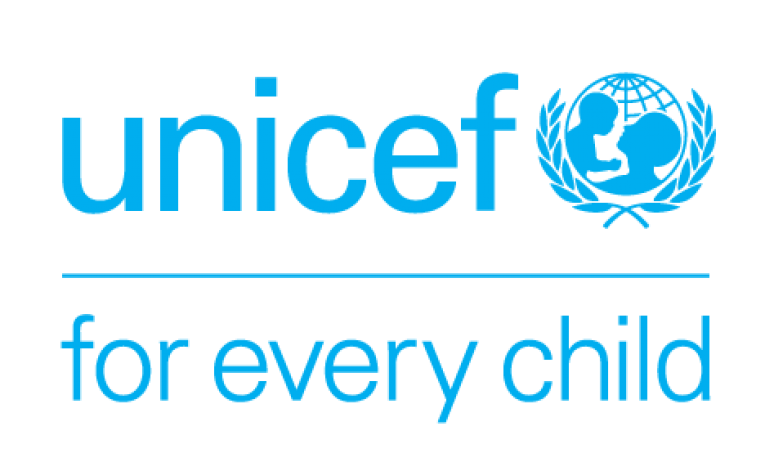 With the support of the Bill and Melinda Gates Foundation, UNICEF C4D has developed Minimum quality standards and indicators in community engagement to provide globally established guidance on the contribution of community engagement in development practice as well as humanitarian action.
With the support of the Bill and Melinda Gates Foundation, UNICEF C4D has developed Minimum quality standards and indicators in community engagement to provide globally established guidance on the contribution of community engagement in development practice as well as humanitarian action.
The objective of the standards is to support implementation of high quality, evidence-based community engagement at scale in development and humanitarian contexts. Modeled on the IASC Minimum Standards, these standards include 16 core minimum standards (see Table 1), with six core standards (principles) driving three key areas of application: Implementation, Coordination and Integration, and Resource Mobilization. It also includes suggested indicators for governments, for implementing agencies (NGOs & CSOs); and tools (checklists and matrices) to support the localized development of indicators.
Why have Minimum Standards for Community Engagement?
These standards resulted from a wide-ranging consultative process from 2018-2019 that built on current practice and research. It included consultations with sector-targeted working groups (emergency health, health and nutrition, WASH), as well as UNICEF country, regional, and headquarters offices. Key collaborators included World Health Organization, Médecins Sans Frontières, European Center for Disease Control, U.S. Centers for Disease Control, members of the CORE Group network, Wellcome Trust, the U.S. Agency for International Development, the Bill and Melinda Gates Foundation, OXFAM, Save the Children, World Vision, CARE, the International Federation of the Red Cross, the London School of Hygiene and Tropical Medicine, MIT, and numerous government representatives.
Community engagement is a technical approach to directly involve local populations in all aspects of decision-making, implementation, and policy. Building on a participatory approach, community engagement strengthens local capacities, community structures, and local ownership to improve transparency, accountability, and optimal resource allocations across diverse settings. Strategically, community engagement sits at the nexus of community systems strengthening, accountability to affected populations, and communications for development (C4D). When done well, community engagement improves the likelihood that communities lead on issues that affect them, access and use services, improve their well-being and build resilience. Community engagement expands the influence of local actors, facilitate the acceptance of information and public education communications, and builds on existing local capacities.
Historically, it has been difficult to scale community engagement due to a lack of consensus around definitions, core criteria, measurement, and local and national contexts. These minimum standards seek to establish a common language for governments, local populations, donors, implementing actors, and policy makers, in order to facilitate the adoption and acceptance of this essential range of practices.
Download the Minimum Standards [PDF] HERE
This article is part of our theme area on Good Participatory Practice in COVID-19 Research
This work is licensed under a Creative Commons Attribution 4.0 International License


Please Sign in (or Register) to view further.